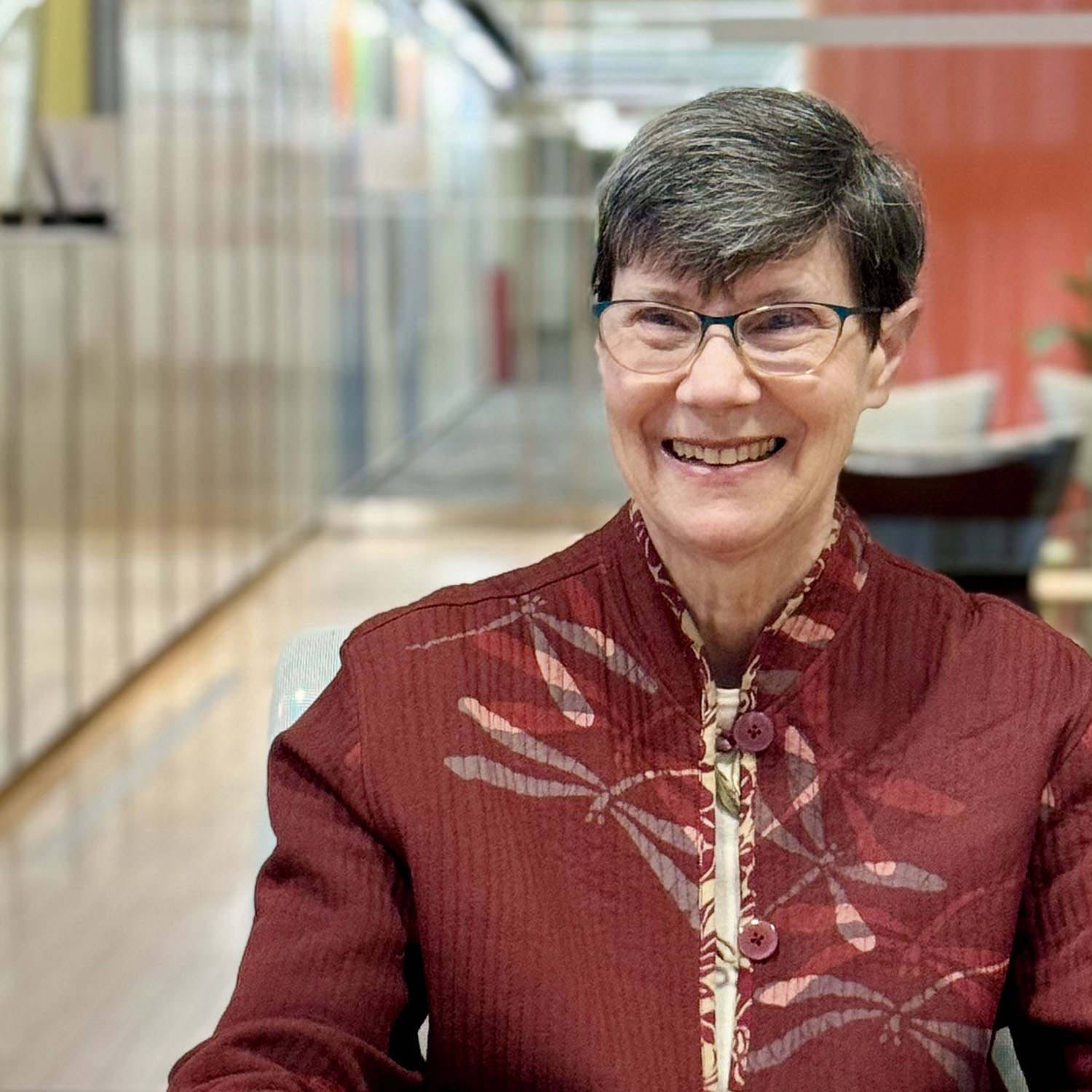Expanding the Horizon in Pain Research
Director’s Page
Helene M. Langevin, M.D.
October 29, 2024
Research on pain is a top priority for the National Center for Complementary and Integrative Health (NCCIH), reflecting our extensive efforts and broad interdisciplinary collaborations within the National Institutes of Health (NIH), catalyzed by the Helping to End Addiction Long-term® Initiative, or NIH HEAL Initiative®. I’m proud to be part of a scientific community dedicated to finding answers for those who struggle with chronic pain, though much work remains.
In a recent article published in Pain, I highlight two critical and related research gaps that, if filled, could significantly advance our understanding and management of pain.
The first gap is our limited understanding of pain mechanisms connecting the nervous system and the rest of the body. It makes perfect sense that research on pain mechanisms and analgesic development would focus on the nervous system. After all, it’s through the peripheral and central nervous system that we perceive nociceptive stimuli and experience pain. But our quest to understand pain mechanisms needs to extend beyond the nervous system and include “non-nervous” peripheral tissues as well, such as muscles, ligaments, gastrointestinal and reproductive organs, and the layers of fascia that connect them all. In particular, we need to understand better how metabolic, structural, and mechanical factors within these peripheral tissues can contribute to the transition from acute to chronic pain after an injury or surgery. For example, we understand very little about how fat accumulation, scarring, and stiffness within a part of our body can influence the sensations we can experience during movement, including pulling, pressure, and pain.
The second gap is the lack of research on the “whole person” process of endogenous pain resolution. The same understudied factors connecting the nervous system and peripheral tissues also may play an important role in the built-in mechanisms that prompt acute pain to resolve and not transition to chronic pain. In addition to developing better, nonaddictive analgesics, we need to expand our repertoire of approaches to support the body’s innate ability to heal and understand how best to deploy these approaches to prevent chronic pain from developing.
Filling these gaps in knowledge will require thoughtful and sustained efforts. Across NIH, we are making significant progress, particularly through NIH HEAL Initiative programs such as the Restoring Joint Health and Function to Reduce Pain (RE-JOIN) Consortium, the Back Pain Research Consortium (BACPAC), and Quantitative Imaging and Other Relevant Biomarkers of Myofascial Tissue. I am excited to build on this momentum and explore new research opportunities.
Solving the puzzle of pain will require understanding brain-body connections and the body’s own capacity to heal. Both will require integrative research that bridges across disciplines and addresses the whole person. Broadening our approach to pain research beyond the nervous system and better understanding the role of peripheral tissues not only addresses the complexities of pain but also aligns with a vision of whole person health, ensuring that we support each individual’s unique journey toward optimal well-being.
